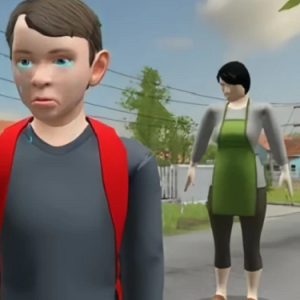Similiar games
Mr. Magpie’s Harmless Card Game starts with a simple instruction: flip cards and earn money. The player enters a grid-based setup where each card may help or harm their progress. Some cards offer money, others grant modifiers, but a few may end the session entirely. The objective is to reach a specific amount of cash before the timer runs out. There are no opponents and no direct combat. The challenge comes from deciding how far to push each round and when to step away.
Reading the Grid
Each decision in the game is based on limited knowledge. The cards are arranged face-down, and the player can only reveal them one at a time. As the game progresses, some cards provide information about nearby threats, while others offer upgrades or short-term advantages. Flipping the wrong card can instantly reset progress. The gameplay loop revolves around risk, memory, and timing, with the player needing to choose between advancing quickly or playing cautiously.
Core Mechanics of Mr. Magpie’s Harmless Card Game
- A grid of face-down cards hiding various outcomes
- Money as the primary resource to reach the win condition
- Perks and upgrades purchased between rounds
- A countdown timer limiting decision time
- Randomized card layouts on each playthrough
This structure creates a cycle of exploration, evaluation, and adaptation. No single run plays out the same way.
Progress Through Choice
The game does not reward reckless exploration. Progress depends on understanding when to stop and when to keep pushing forward. Perks can shift how the player interacts with the cards, introducing new layers to the strategy. Some allow safer navigation, others alter the distribution of card types. Choosing which perks to buy becomes as important as choosing which card to flip next. Over time, players learn to manage not just the board, but their own impulses.
A Win Defined by Caution
Mr. Magpie’s Harmless Card Game does not rely on long sessions or complex rules. It focuses on short, intense choices that build over time. Winning a run is about identifying patterns, managing risk, and staying aware of time. The randomness of the board ensures that each attempt feels distinct, even with a simple core concept. The game’s success comes not from expansion, but from how it makes a small set of actions matter every time they’re used.




















